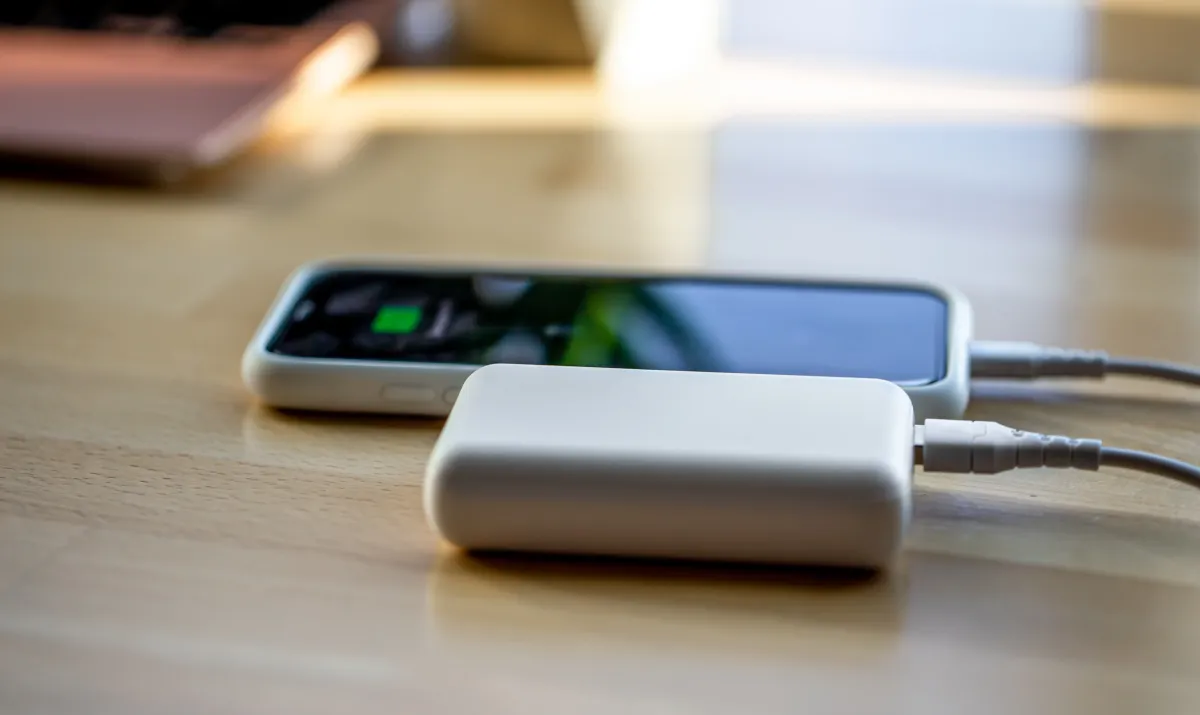Powerbank Sharing: The Impact on the Sharing Economy
In recent years, the sharing economy has become a powerful force in our society. From ridesharing to home-sharing, people are finding new ways to share resources and connect with others. One area that has seen a significant rise in sharing is the use of portable chargers, also known as powerbanks.

Introduction
In recent years, the sharing economy has become a powerful force in our society. From ridesharing to home-sharing, people are finding new ways to share resources and connect with others. One area that has seen a significant rise in sharing is the use of portable chargers, also known as powerbanks.
The Benefits of Powerbank Sharing
Powerbanks have become a staple accessory for smartphones, tablets, and other mobile devices. They provide an on-the-go solution to low battery life and allow us to stay connected at all times. However, owning a powerbank can be expensive, and not everyone has the means or desire to purchase one. This is where the sharing economy comes in.
Powerbank sharing allows for more efficient use of resources, reduces waste, and provides access to those who may not be able to afford a powerbank. Additionally, sharing resources with others fosters a sense of connection and promotes a culture of cooperation.
How Powerbank Sharing Works
There are several ways in which powerbank sharing operates. Some companies offer powerbank rental services, where individuals can rent a charger for a set period of time. Others have established networks of powerbank stations, where individuals can swap out their low batteries for fully charged powerbanks.
Overcoming Challenges in Powerbank Sharing
While powerbank sharing has many benefits, there are also challenges to be addressed. One concern is the safety and security of shared resources. Powerbanks can be expensive and valuable, making them a target for theft or damage. Additionally, there is the challenge of managing the logistics of sharing, including keeping track of who has borrowed a powerbank and ensuring that they are returned in a timely manner.
To address these challenges, powerbank sharing companies have implemented various solutions. For example, some companies require users to register and provide identification to access their powerbank stations. Others have implemented tracking systems that allow them to monitor the location and usage of their powerbanks.
Conclusion
In conclusion, powerbank sharing is a growing trend that is changing the way we share resources and connect with others. By promoting a culture of sharing and reducing the need for individual ownership, powerbank sharing can be a more sustainable solution for our mobile power needs. While challenges remain, companies are working to overcome these obstacles and provide a safe and reliable sharing economy for powerbanks.